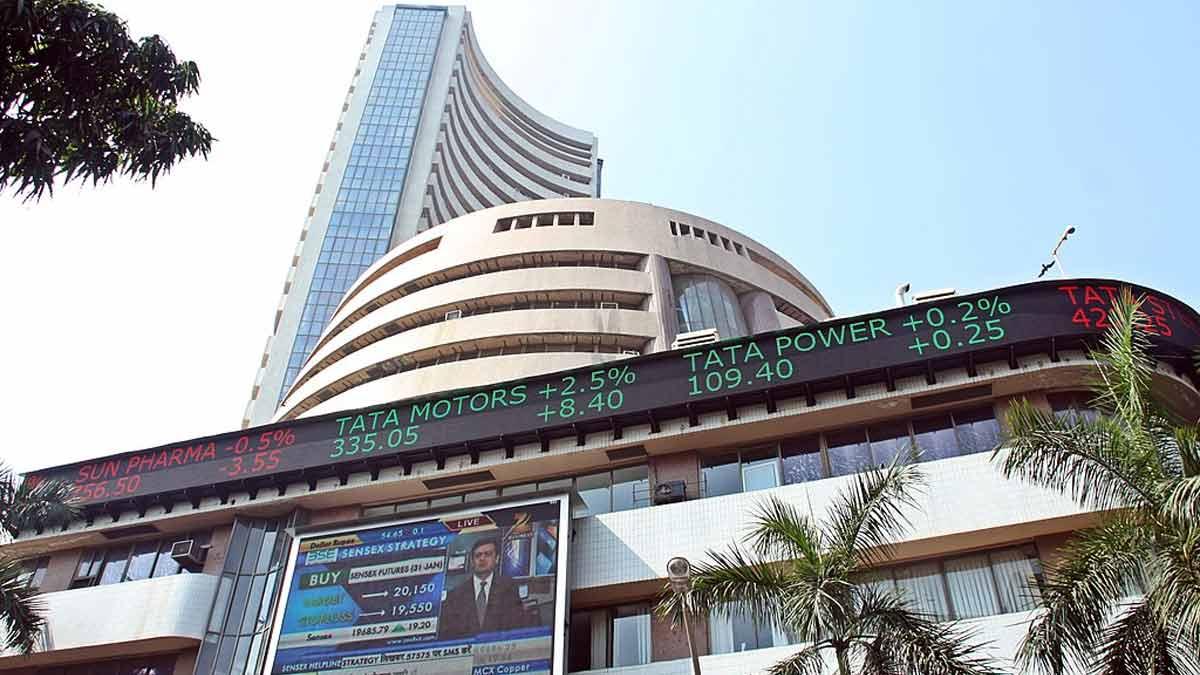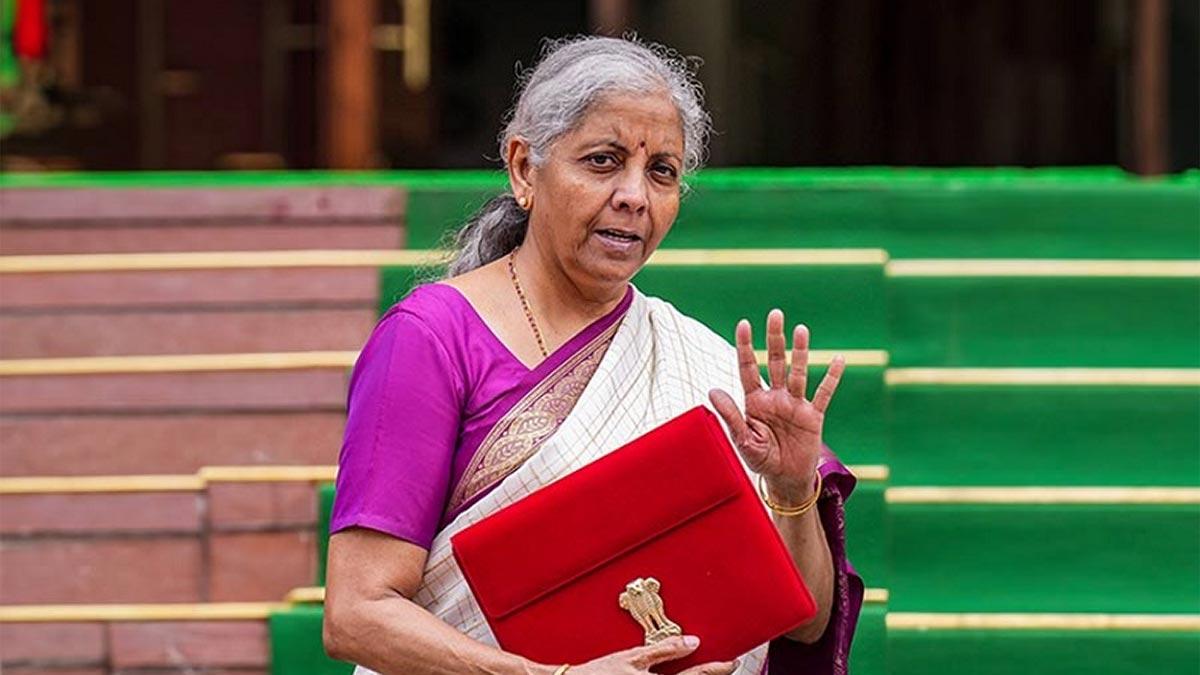India's economic fundamentals have become too strong for global capital to overlook, states a new report by wealth management firm Equirus released on Monday. The report states that India is now set to grow faster than all the G7 economies, a shift in the movement of global investments.
Equirus names four key drivers of India's long-term growth momentum: strong macroeconomic fundamentals, a spurt in policy-led capital spend, a rebound in rural consumption, and revolutionary shifts in the manufacturing sector.
"India is not the world's fastest-growing economy only on paper anymore — it is structurally better placed than most G7 countries. That's seismic," said Mitesh Shah, CEO of Equirus Credence Family Office.
For Shah, as the world economic paradigm changes, old investment methods might not be sufficient anymore. "The global macro regime is changing. US growth has been sharply revised lower, and although India will drive more than 15 per cent of global GDP growth (2025–2030), old-fashioned 60/40 portfolios are disintegrating. In this new regime, strategic asset allocation between geographies and growth cycles isn't a choice — it's the alpha driver," he said.
The report highlights several crucial structural tailwinds that are aiding India's rise. Rural fast-moving consumer goods (FMCG) consumption is growing at 6 per cent — over two times urban growth at 2.8 per cent. Policy-driven capital expenditure is expected to increase 17.4 per cent, and a liquidity injection of ₹2.5 lakh crore is being provided into the economy through phased reduction in CRR.
India’s projected contribution to global GDP growth far exceeds that of traditional powerhouses like Japan (under 1 per cent) and Germany (just above 1.3 per cent), further underscoring the country's rising influence on the global stage.
The company points out that India's economic renaissance is being led largely by the rural economy. The differential in monthly per capita spending between urban and rural areas has declined significantly — from 84 per cent a decade back to 70 per cent today.
Equirus also criticizes the old 60/40 asset allocation formula, which combines equities and bonds, and says that it does not work anymore in the current fragmented, unpredictable financial environment. Dynamic and proactive allocation by country, industry, and growth paths in such an environment becomes essential, not for returns, but to save capital.
The report firmly advises investors to take a more nimble investment paradigm, prioritizing India as a structural outperformer. As rural consumption picks up, capex increases, and global supply chains shift, India is presenting a diversified, multi-engine growth narrative with strong long-term return potential.
The global environment too is shifting in India's direction, the report notes. A near 6 per cent fall in the Dollar Index (DXY) from its 2025 high and a firm crude oil price at about $70 per barrel are relaxing the nation's import burden, adding to macroeconomic stability.
On the global supply chain side, the 'China +1' approach is becoming reality. Apple is among the companies that are moving iPhone manufacturing to India, attracted by operational cost benefits, lower attrition rates, and geopolitical alignment — all of which benefit India's increasing position in the global manufacturing fold.
The report concludes by observing that in the post-poll period, both state and central capital spending are set to pick up sharply — at a 17.4 per cent increase — additionally stimulated by a ₹2.5 lakh crore liquidity injection, which will drive further economic momentum.
Read also| India’s Residential Property Sales Jump Nearly 77% Since FY2019: Report


















